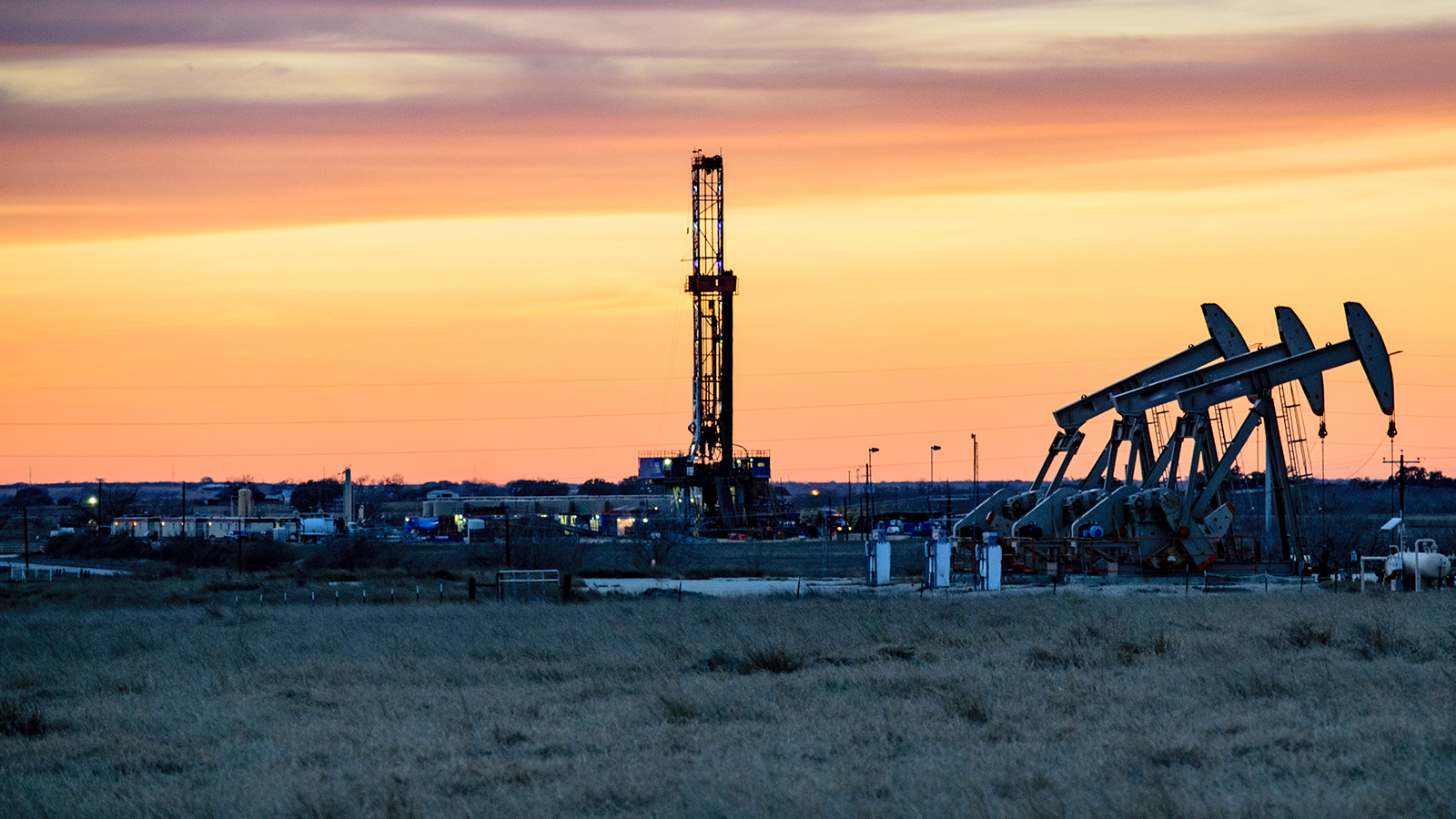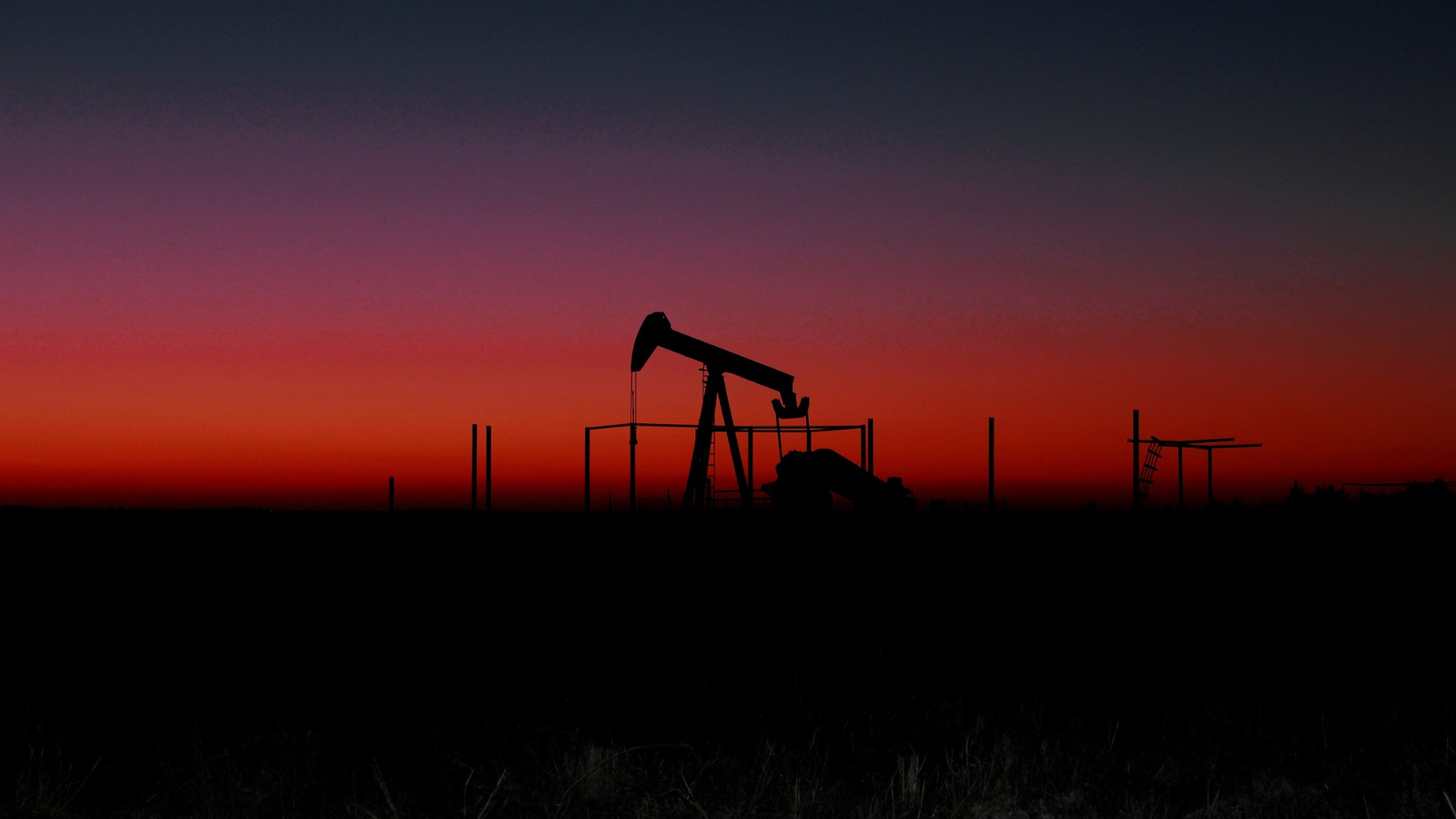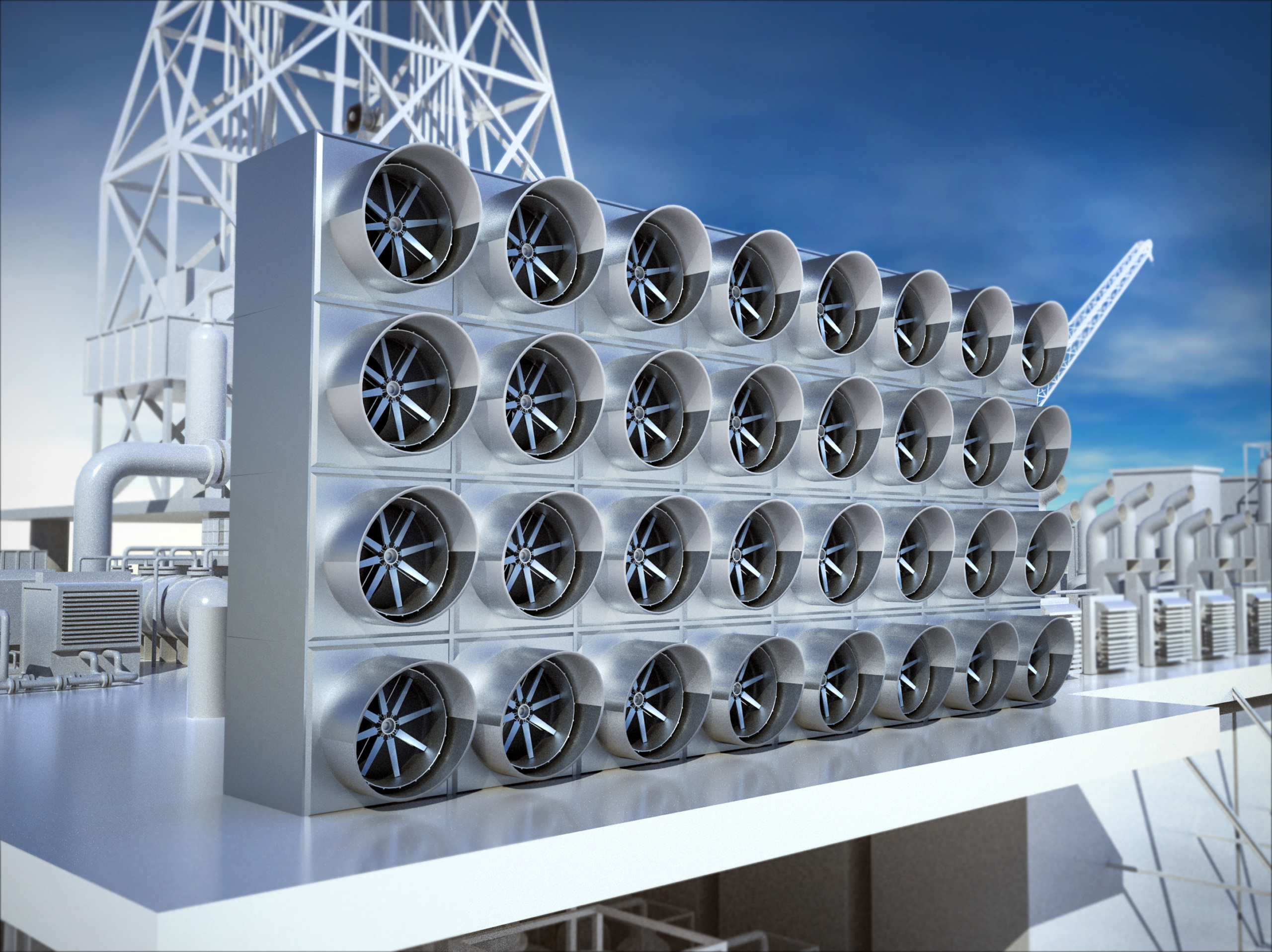
Mapping the risks of California’s idle and orphan oil wells
New maps show the 79% of oil wells that threaten groundwater and the idle and orphan oil wells that will cost California more than $2.8 billion to clean up
California is grappling with the environmental, public health, and financial impacts of a declining oil and gas industry. While the state has long been a major oil-producing state, oil production has been declining since the 1980s. Wells often leave a toxic legacy behind when they stop producing. Oil and gas operations pose a staggering array of threats to our environment and health- contaminating drinking water, harming the health of nearby residents, marring landscapes, and contributing to global warming. Thousands of unplugged and idle wells pose a particularly acute threat in California, and the environmental cleanup costs potentially pose a multibillion-dollar bill to taxpayers.
The California Council on Science and Technology estimates that 5,540 wells in California may already have no viable operator, and an additional 69,425 economically marginal and idle wells could become orphaned in the future. This impending threat underscores the need to protect Californians from the environmental and financial harm these wells can inflict.
Oil wells risk groundwater contamination
The increasing number of idle and orphaned oil wells in California poses a serious risk of groundwater contamination. A significant portion of the state’s oil wells are located on top of groundwater sources, many of which regularly supply drinking water to Californians. Regions with the highest concentrations of oil wells have the highest risk of groundwater contamination and other environmental dangers associated with oil wells.
The above map shows that 79% of California’s oil wells are within a groundwater hydrologic zone, located right above sources of drinking water. Unplugged oil wells, especially those that are idle or orphaned, pose significant environmental risks to groundwater supplies and more.
Methane leaks
An average of 66% of active and idle oil wells leak methane, which means that 67,513 oil wells in California are estimated to be leaking methane. This toxic gas puts nearby residents at higher risk of asthma attacks, cancer and other health problems and is also a major contributor to climate change. Methane gas emitted from wells can pollute the air while also harming animal and plant biodiversity. Moreover, a recent study in Los Angeles revealed that proximity to active or recently idle well sites negatively affects lung function, even when considering other risk factors like smoking, asthma, and freeway proximity.
Oil and chemical seepage into groundwater
Seepage from active and idle oil wells can contaminate groundwater. A study of Santa Barbara County’s wells within the Orcutt Oil Field concluded that 20% of water wells sampled contained chemical contaminants originating from oil drilling. Another study of Los Angeles County’s Montebello Oil Field concluded that “petroleum hydrocarbons” from oil wells were detected in 29% of groundwater samples.
A 2022 study from Colorado, the only jurisdiction that maintains a statewide inventory of oil drilling-related water contamination data, concluded that 3.9% of 1,837 water wells located near oil wells drilled between 2001 and 2019 are contaminated with chemicals from oil drilling including benzene, toluene, ethylbenzene or xylenes. 22% of affected wells were contaminated by at least two of those toxic chemicals.
Oil wells present substantial financial liability
California’s oil wells cost an average of $68,000 to properly plug and clean up once they are done producing. However, the average bond currently available to cover those costs is only $1,000 per well.
The above map shows that 41% of California’s oil wells are idle or orphaned, and that these wells will cost more than $2.8 billion to clean up. To date, oil and gas companies have provided less than one percent of the overall closure and clean-up costs in financial assurance for onshore oil wells. This leaves an enormous potential unfunded liability that would fall to the state and its taxpayers if oil well owners are unable to cover the full costs of plugging and site cleanup.
California’s idle and orphaned oil wells should be plugged
Considering the risks posed by oil wells to groundwater, the environment, and taxpayers, it is imperative to plug and clean up these sites urgently. Plugging idle and orphan oil wells can reduce community exposure to dangerous pollutants and the risk of groundwater contamination.
In addition, plugging all of the state’s idle and likely orphaned wells could even create an estimated 6,842 jobs in California. A 2021 report found that a total of 2.4 jobs are created for every million dollars spent on plugging orphaned oil and gas wells.
California should plug and clean up its thousands of idle and orphan wells to avoid risks of further pollution and reduce the financial liability these wells pose to the state. The state should ensure that adequate funding is available to clean up these sites, and that taxpayers are not stuck footing the bill. Finally, the state should do all that it can to prevent idle wells from becoming orphaned and posing an even greater risk of polluting nearby communities.
Join the over 100 organizations who are calling on Gov. Gavin Newsom to sign AB 1167, the Orphan Well Prevention Act, into law. Tell Gov. Newsom: Prevent orphan oil wells.
Data Sources
Data on California’s oil and gas wells was retrieved on May 19, 2023 from CalGEM here. Data on California’s groundwater hydrologic zones was retrieved from CNRA here. Data on California’s rivers, creeks, and waterways was retrieved from CNRA here.The average cost to plug and clean up a well ($68,000) was taken from CCST’s estimate here. The estimate that 66% of wells leak methane was taken from the 2020 study, “Methane Emissions from Abandoned Oil and Gas Wells in California.”
Topics
Authors
Steven King
Clean Energy Advocate, Environment California
Steven leads Environment California’s campaigns to increase clean, renewable energy throughout the Golden State, spearheading efforts to transition away from dangerous fossil fuels and address climate change. Steven lives in Los Angeles where he enjoys spending time outdoors, watching his favorite L.A. sports teams, and playing the trombone.
Find Out More

Letter: Support for fracking permit phase-out regulations

Coalition calls on Gov. Newsom to end fossil fuel subsidies

